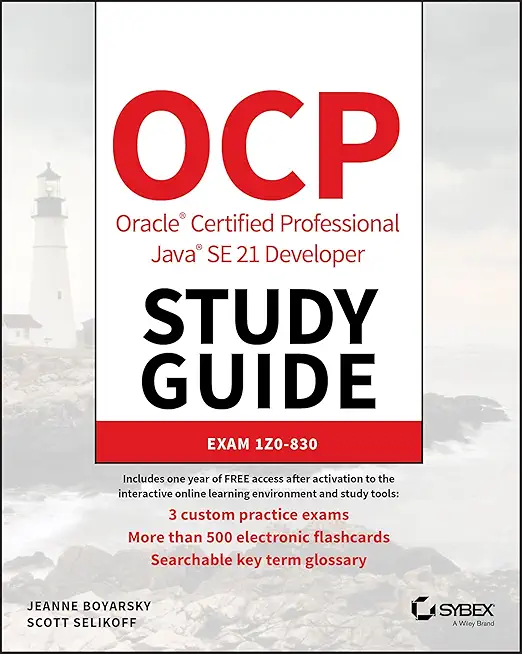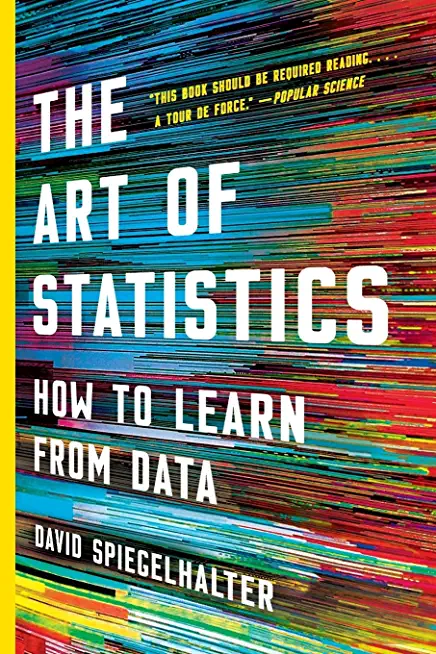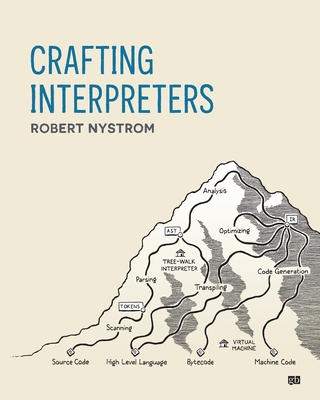Use Case Model Training in Bridgeport
|
We offer private customized training for groups of 3 or more attendees.
|
||
Course Description |
||
| This is an intensive, hands-on and interactive workshop that teaches students the critical skills and techniques necessary to perform effective real-world user requirements capture and documentation. The course provides students with a thorough grounding in using the industry standard “Use Case” techniques popularized by Ivar Jacobson and other Object Oriented practitioners. The course begins with a high level overview of modern systems and how their unique characteristics affect the requirements gathering and documentation process. After an introduction to some basic concepts relevant to gathering requirements, students are shown how the requirements capture process fits into and feeds into the industry standard SDLCs, (specifically, an SDLC that is iterative, incremental and use case driven).
Course Length: 2 Days
Course Tuition: $790 (US) |
||
Prerequisites |
|
| None | |
Course Outline |
|
- Introduction
What is a Use Case?
What is a Use Case Diagram?
What is a Use Case Form?
A Short History of Use Cases.
- Use Cases and the SDLC
Benefits of a “Use Case Driven” software development process
Use Case’s Role in…
Project Management
Business Modeling
Requirements Gathering
Requirement Analysis
Analysis and Design
Quality Assurance
- Requirements Gathering
Identifying stakeholders
Identifying candidate requirements.
Prioritizing requirements for development.
Identifying and documenting non-functional requirements.
- Actors
Actor goals and use cases.
Identifying use cases through actors.
Primary and secondary actors
Abstract Actors
What are Stakeholders their relation to Actors?
- Use Case Modeling
Drawing Use Case UML diagrams
Extend/Include Relationships
Generalizations
Use-Case Packages
Change Cases
Rankings
- Primary Use Cases
Discovering use cases through actor goals.
The “Sunny Day” or “Garden Path” scenario.
Normal process flow
Use case presentation styles.
The importance of system scope.
- Refining Use Cases
Identifying secondary scenarios.
Scenarios, alternate paths and extensions.
Detailing the use case body.
Handling exceptional behavior.
Factoring out common portions of use cases.
Documenting use case relationships – using “extends” and “includes”.
- Elaborating Use Cases
Identifying Pre and post conditions.
Triggering events and outcomes.
Business process interactions.
Stakeholder requirements for the use case.
- Business Modeling
Modeling business processes with activity diagrams
Developing business use cases and integrating the business processes with the use case model.
- Analysis and Design
How are Use Cases used by Systems Architects and Developers
Mapping Use Cases to Object Models
Scenario Analysis
- Use Case Participant Roles
Facilitator, Recorder, Timekeeper, and Participants
Responsibilities of each role
Effective Guidelines for each role.
|
Course Directory [training on all levels]
- .NET Classes
- Agile/Scrum Classes
- AI Classes
- Ajax Classes
- Android and iPhone Programming Classes
- Azure Classes
- Blaze Advisor Classes
- C Programming Classes
- C# Programming Classes
- C++ Programming Classes
- Cisco Classes
- Cloud Classes
- CompTIA Classes
- Crystal Reports Classes
- Data Classes
- Design Patterns Classes
- DevOps Classes
- Foundations of Web Design & Web Authoring Classes
- Git, Jira, Wicket, Gradle, Tableau Classes
- IBM Classes
- Java Programming Classes
- JBoss Administration Classes
- JUnit, TDD, CPTC, Web Penetration Classes
- Linux Unix Classes
- Machine Learning Classes
- Microsoft Classes
- Microsoft Development Classes
- Microsoft SQL Server Classes
- Microsoft Team Foundation Server Classes
- Microsoft Windows Server Classes
- Oracle, MySQL, Cassandra, Hadoop Database Classes
- Perl Programming Classes
- Python Programming Classes
- Ruby Programming Classes
- SAS Classes
- Security Classes
- SharePoint Classes
- SOA Classes
- Tcl, Awk, Bash, Shell Classes
- UML Classes
- VMWare Classes
- Web Development Classes
- Web Services Classes
- Weblogic Administration Classes
- XML Classes






